Chimpanzee Communication
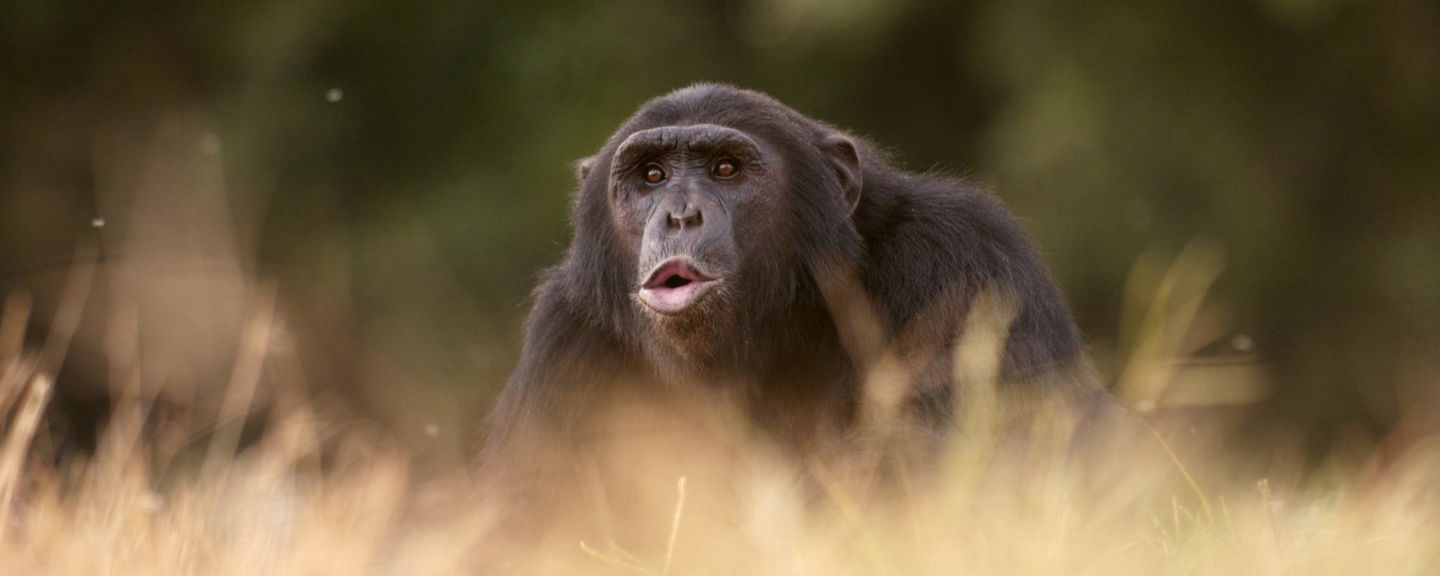
Like humans, chimpanzees use a variety of verbal and non-verbal methods to communicate and are able to express a wide range of messages and emotions.
Here are 10 fun facts about chimpanzee communication.
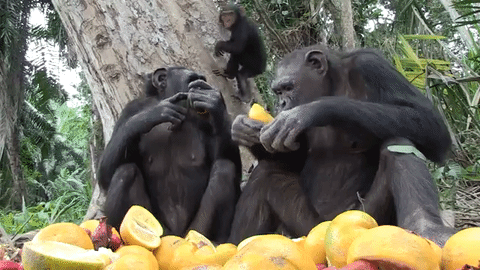
1. Food calls include a mixture of grunts, barks, and pant-hoots, which alert other chimpanzees to the whereabouts of food sources. A special intensity of excited calls of this type indicates that there has been a successful kill after a hunt.
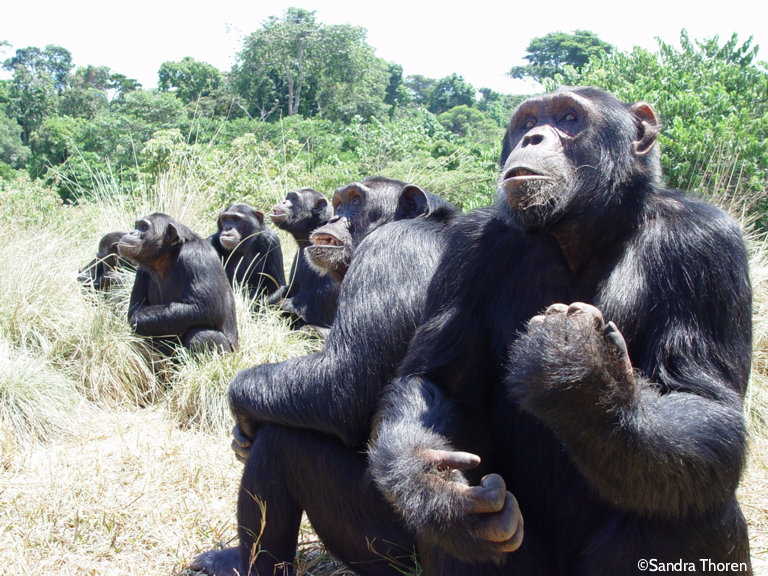
2. A loud, long “wraaaa” call is made when a chimpanzee comes across something unusual or dangerous.
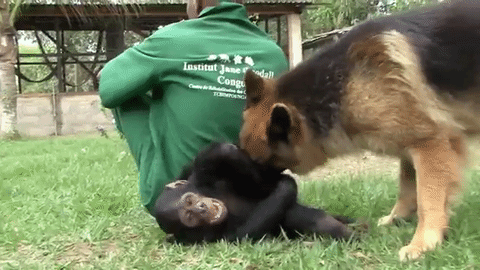
3. When young chimpanzees play, they emit breathy laughter. And soft grunts uttered by foraging or resting chimpanzees probably serve to maintain communication within the group.
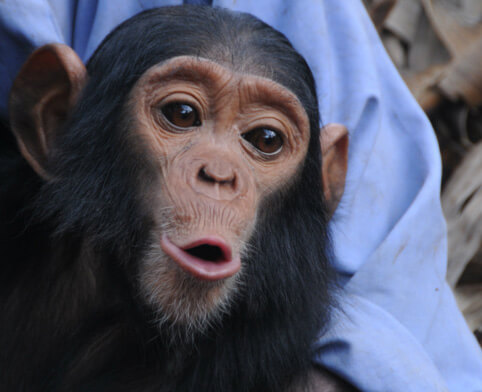
4. Each individual has his or her own distinctive pant-hoot, so that the caller can be identified with precision.

5. Postures, gestures, and facial expressions communicate many messages and emotions within a group. When greeting a dominant individual after an absence or in response to an aggressive gesture, nervous subordinates may approach with submissive signals—crouching, presenting the rump, hold the hand out—accompanied by pant-grunts or squeaks. In response, the dominant individual is likely to make gestures of reassurance, such as touching, kissing, or embracing the subordinate.
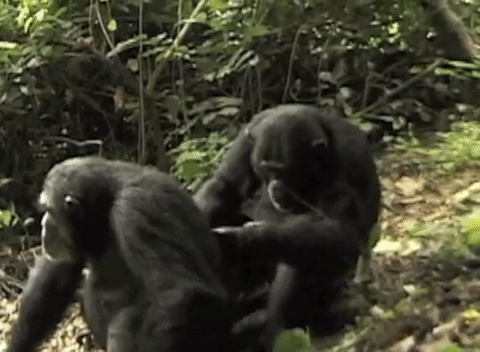
6. Friendly physical contact is crucial in maintaining good relationships among chimpanzees. For this reason, social grooming is one of the most important social behaviours, serving to sustain or improve friendships within the community and to calm nervous or tense individuals.
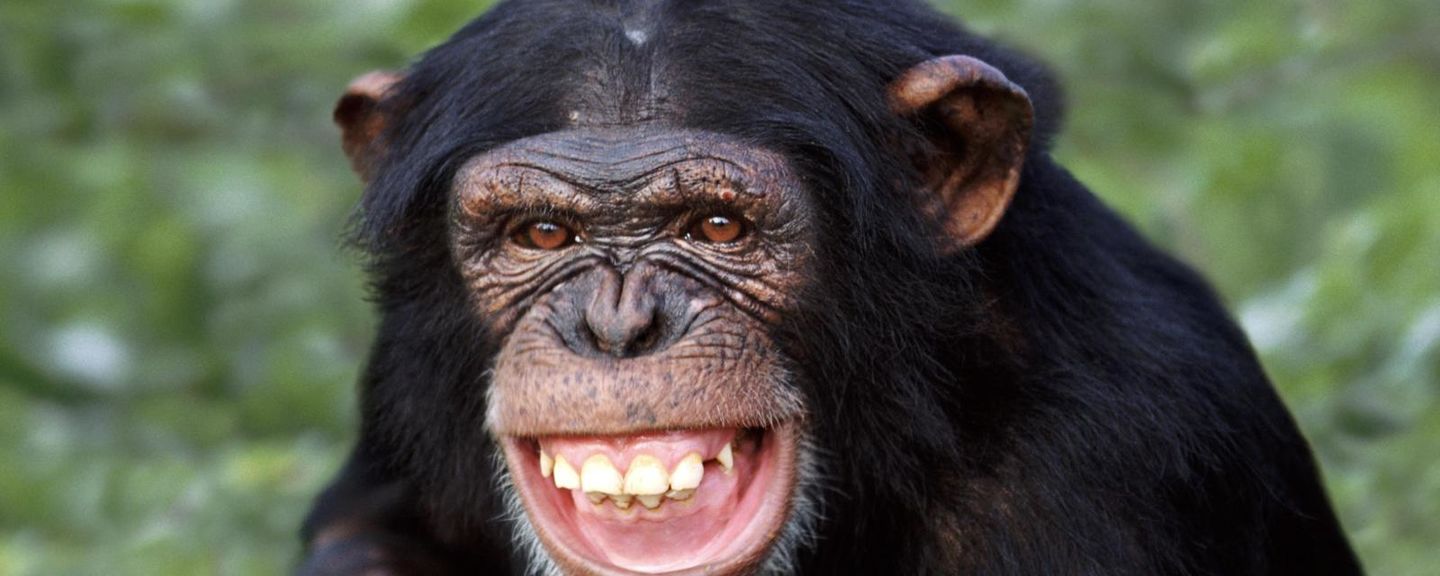
7. The grin of fear seen in frightened chimpanzees may be similar to the nervous smiles given by humans when tense or in stressful situations.
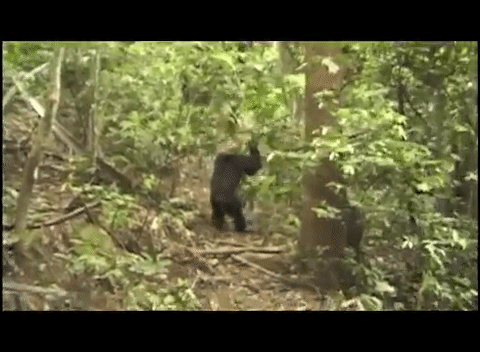
8. When angry, chimpanzees may stand upright, swagger, wave their arms, throw branches or rocks—all with bristling hair and screaming or with lips bunched in ferocious scowls.
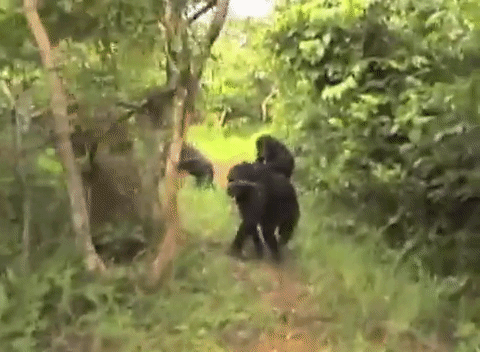
9. Male chimpanzees proclaim their dominance with spectacular charging displays during which they slap their hands, stamp with their feet, drag branches as they run, or hurl rocks. In doing so, they make themselves look as big and dangerous as they possibly can and indeed may eventually intimidate a higher-ranking individual without having to fight.
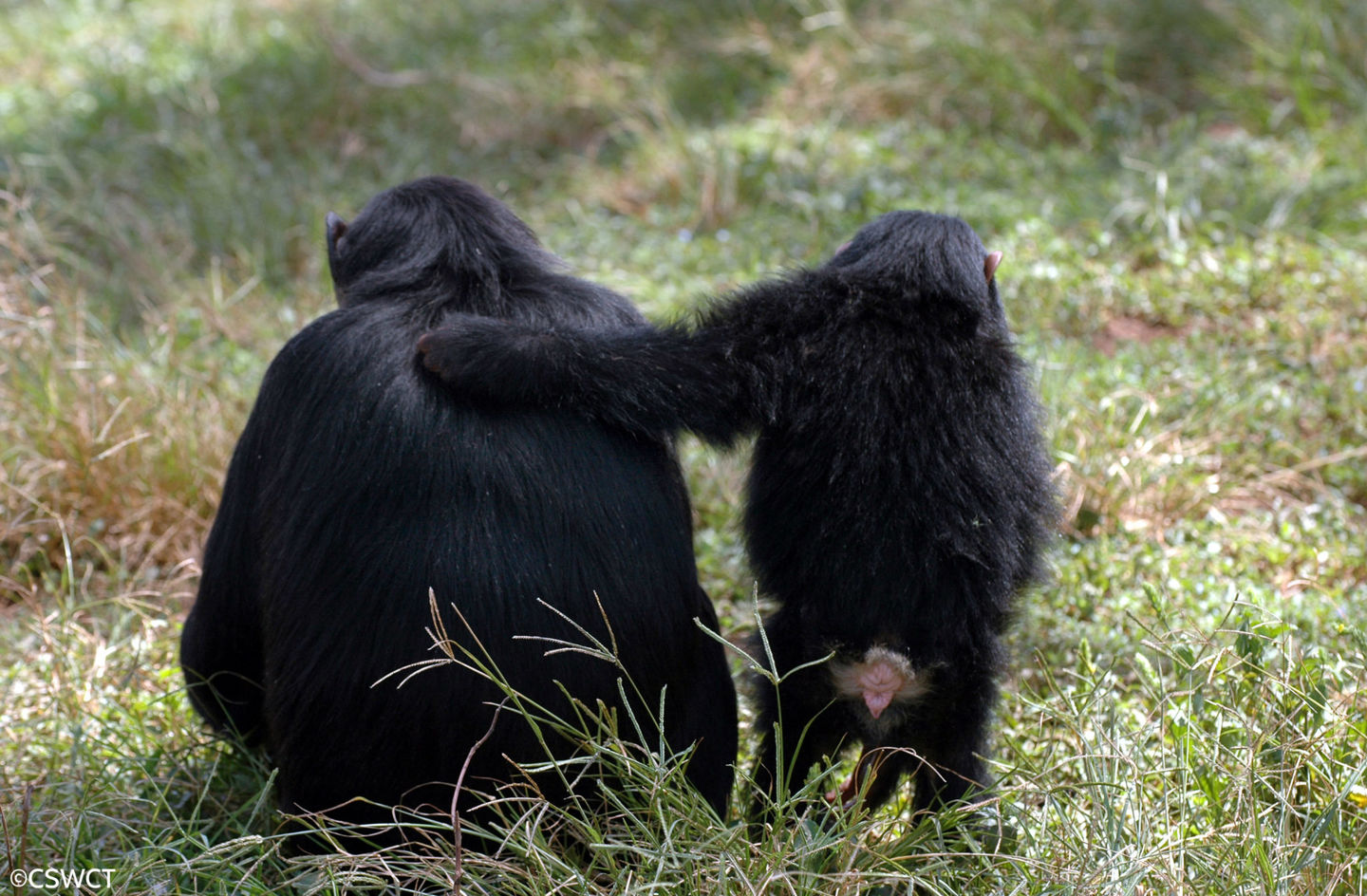
10. Chimpanzees not only communicate like humans, they also demonstrate a range of emotions including joy, sadness, fear and even empathy.
There are of course many differences between the two species—we stand on two legs, have larger brains and are relatively hairless. But as we discover more and more about our intelligent and playful cousins in the animal kingdom, it is worth reflecting on the astounding number of characteristics we share rather than the differences that separate us. Just as humans deserve safety, protection and love, chimpanzees do too.